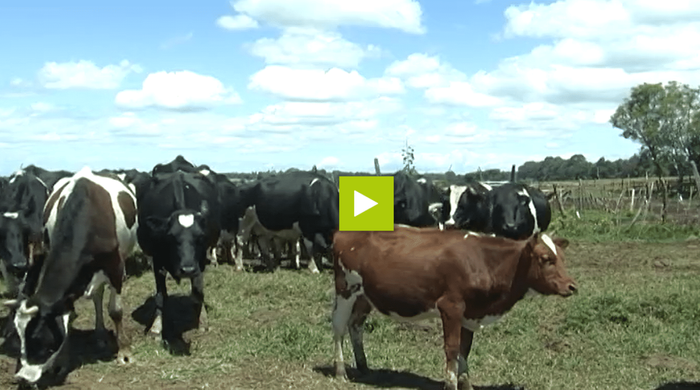Dairy farming is a source of food and income to farmers. While hand milking, it is important that you are clean and healthy and all the utensils used are also clean.
When the animal is on treatment the milk should not be used until after the end of the withdrawal period. Check the information on the medicine or consult the veterinary doctor to avoid contamination.
Milking Process
Always be consistent on the time you milk the animals to get the most milk. One should ensure they are clean and cover their head to avoid dirt or hair from entering the milk. After milking wash the utensils with warm water and a disinfectant .
The cow should be relaxed by feeding them a good mix of feed or dairy meal. Wash and dry the cows udder with warm water and clean towels to encourage milk let down. Apply milking jelly to lubricate the tits.
Milk should be checked for unusual colour or clotting. Infected cows should be milked last to avoid the spread of infections to other cows, for home use one can boil and ferment the milk from the infected cow. First few strips from each quarter shouldn‘t be mixed with the rest of the milk due to the high amounts of bacteria present in them.
Milking Position
One should squat in a position that allows them to move away when the cow is uncooperative, placing the milking bucket underneath the udder ,using both hands to milk and choosing a diagonal tits for ease of milking. The base of the tit should be squeezed gently so that the milk does not flow back to the udder. The cow should be milked completely to prevent mastitis, tits to be dipped in a disinfectant or medicinal milking jelly to prevent infections. Milk from each cow to be measured and recorded separately for proper records of cows production. Milk to be transported to collection centres immediately unless one has a cooler.




















One Response
The hygiene is very important, the video gives a good description